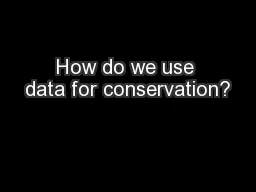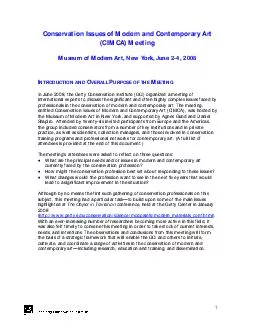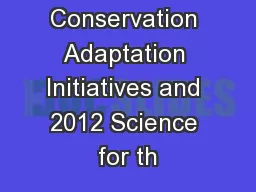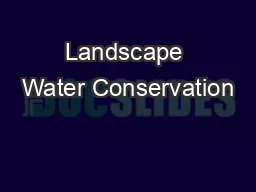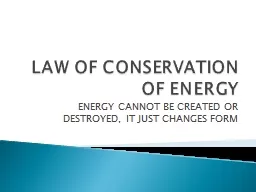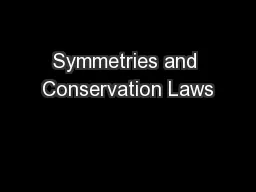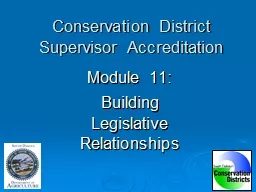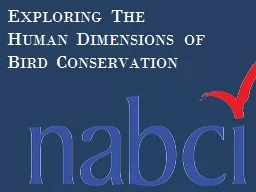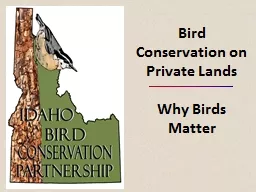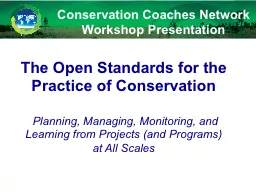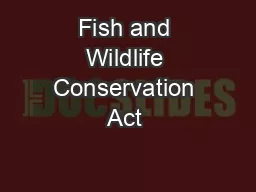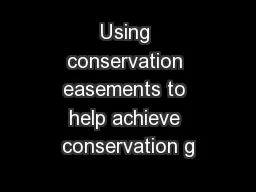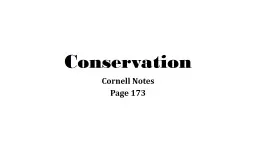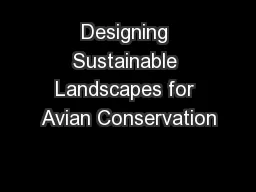PPT-How do we use data for conservation?
Author : liane-varnes | Published Date : 2017-09-08
Data D emons We have seen how scientists in the field attach and use GPS technology to record information and data How does this help us understand more about
Presentation Embed Code
Download Presentation
Download Presentation The PPT/PDF document "How do we use data for conservation?" is the property of its rightful owner. Permission is granted to download and print the materials on this website for personal, non-commercial use only, and to display it on your personal computer provided you do not modify the materials and that you retain all copyright notices contained in the materials. By downloading content from our website, you accept the terms of this agreement.
How do we use data for conservation?: Transcript
Download Rules Of Document
"How do we use data for conservation?"The content belongs to its owner. You may download and print it for personal use, without modification, and keep all copyright notices. By downloading, you agree to these terms.
Related Documents

